If you have deployed a single microservice and you want to test it in isolation you can configure Postman to build a JWT token using a pre-request script.
- Go to the
application-dev.yml file generated by JHipster and grab the base64-secret value:
security:
authentication:
jwt:
# This token must be encoded using Base64 and be at least 256 bits long (you can type `openssl rand -base64 64` on your command line to generate a 512 bits one)
base64-secret: N2Y2MmFkNzg2ZTI4NTZiZGEwMTZhYTAzOTBhMjgwMzlkMzU2MzRlZjJjZDA2MzQ0NGMxOGFlZThjOWY0MjkzNGVlOGE3ZjkxZGI5ZTQxOGY3MjEwNWUwYTUxMTUxODYxY2U4ZWMzZjVhMjg0NTZkNzlhNWUyMmEyNjQ5NzkxZmI=
Put the value in a variable named jhipster_jwt_secret inside the Postman Environment.
Configure your pre-request script (this is largely copied from a Gist):
function base64url(source) {
// Encode in classical base64
encodedSource = CryptoJS.enc.Base64.stringify(source);
// Remove padding equal characters
encodedSource = encodedSource.replace(/=+$/, '');
// Replace characters according to base64url specifications
encodedSource = encodedSource.replace(/\+/g, '-');
encodedSource = encodedSource.replace(/\//g, '_');
return encodedSource;
}
var header = {
"typ": "JWT",
"alg": "HS256"
};
var payload = {
"sub": "user",
"auth": "role"
};
var secret = CryptoJS.enc.Base64.parse(postman.getEnvironmentVariable("jhipster_jwt_secret"));
// encode header
var stringifiedHeader = CryptoJS.enc.Utf8.parse(JSON.stringify(header));
var encodedHeader = base64url(stringifiedHeader);
// encode data
var stringifiedPayload = CryptoJS.enc.Utf8.parse(JSON.stringify(payload));
var encodedPayload = base64url(stringifiedPayload);
// build token
var token = encodedHeader + "." + encodedPayload;
// sign token
var signature = CryptoJS.HmacSHA256(token, secret);
signature = base64url(signature);
var signedToken = token + "." + signature;
postman.setEnvironmentVariable("jwt_token", signedToken);
- Inside the Authorization tab select "Bearer token" and write
{{jwt_token}} in the Token input field.

